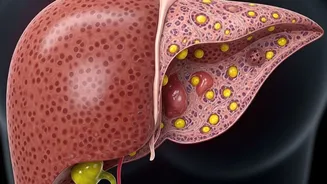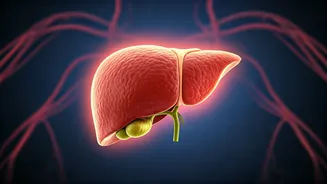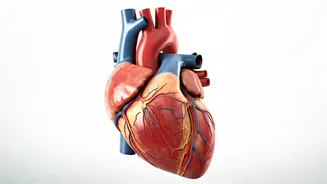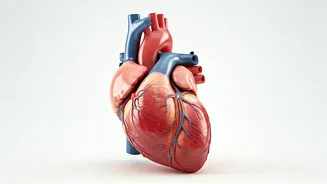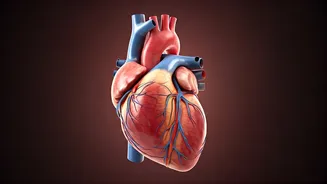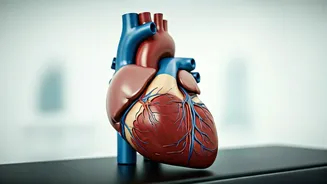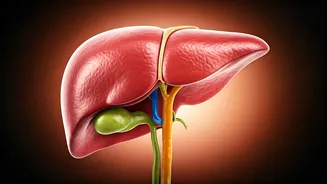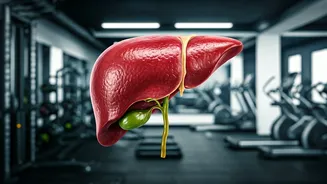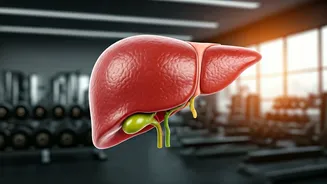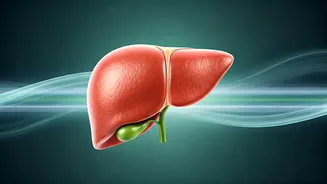It occurs when excess fat accumulates in theliver, leading to inflammation and potential scarring. It is most prevalent in Middle Eastern and Western countries, where obesity rates continue to rise.
Experts warn that NAFLD can progress into a more severe stage called metabolic dysfunction-associated steatohepatitis (MASH), previously termed NASH. MASH results in liver inflammation and swelling, a condition known as hepatomegaly, which can eventually lead to cirrhosis or even liver cancer.
Symptoms
While NAFLD often shows no symptoms in its early stages, patients may experience fatigue, general malaise, or discomfort in the upper right side of the abdomen. In advanced cases like MASH, symptoms can include jaundice, itchy skin, abdominal swelling (ascites), swollen legs, shortness of breath, and visible spider-like blood vessels beneath the skin. The Mayo Clinic notes that the severity of
Self-Care and Treatment Tips
The UK’s National Health Service (NHS) emphasises that lifestyle changes are the most effective way to manage and reverse NAFLD. These include maintaining a healthy weight, eating a balanced diet rich in fruits and vegetables, engaging in regular physical activity, and managing conditions such as diabetes or high cholesterol. Reducing alcohol consumption and avoiding processed foods high in sugar and fat can also significantly improve liver health.
The NHS also points out that these lifestyle modifications not only help in controlling liver fat but also reduce the risk of other associated conditions like cardiovascular disease, chronic kidney disease, and Type 2 diabetes.
Doctors advise individuals, especially those over 50 or with obesity and metabolic conditions, to seek medical guidance if they experience persistent fatigue, abdominal pain, or yellowing of the eyes and skin. Early diagnosis and intervention can prevent irreversible liver damage and ensure better long-term health outcomes.
